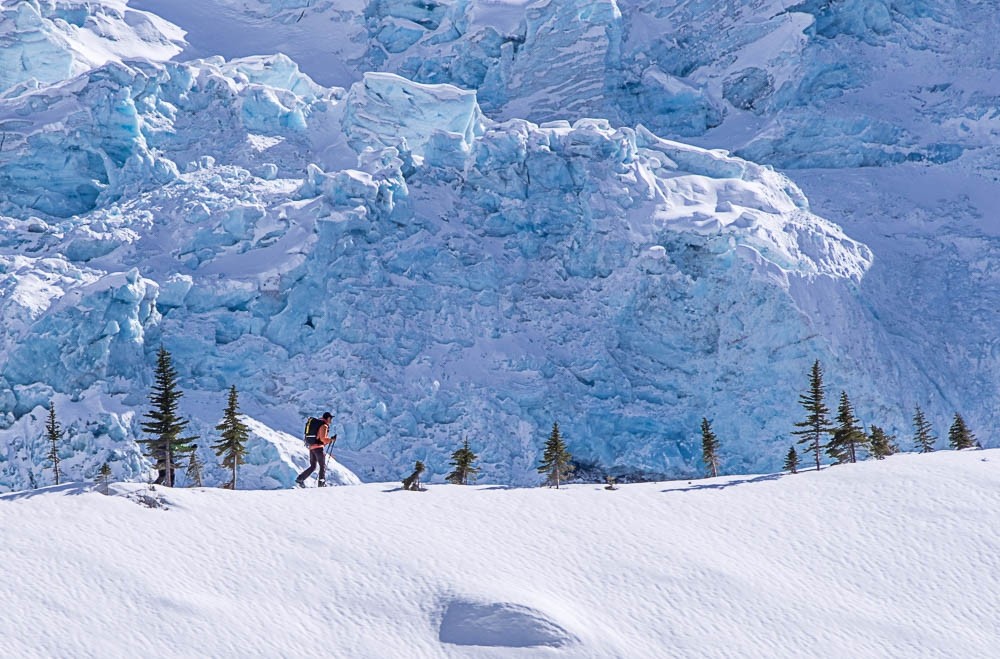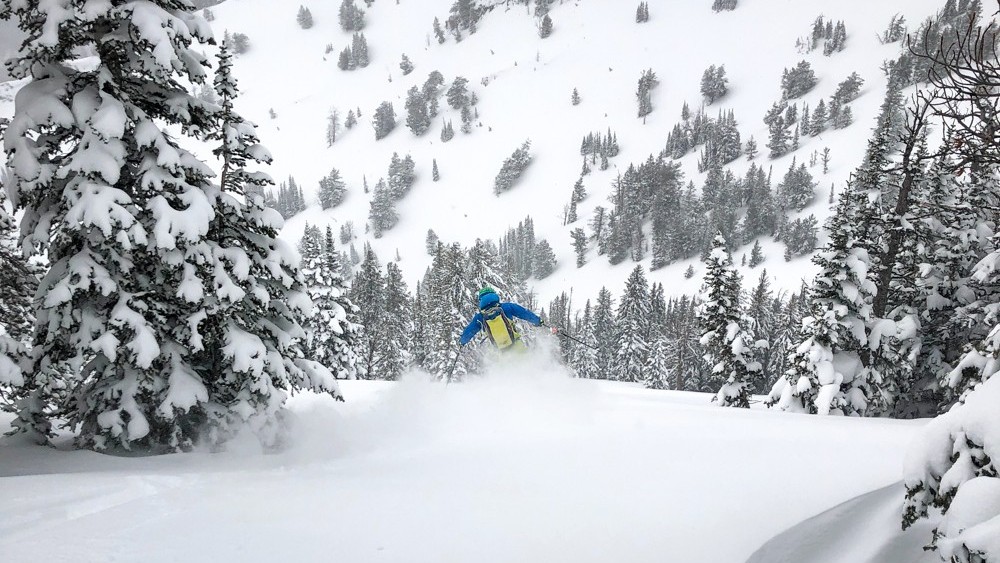The vast bulk of our backcountry ski testing was done while backcountry skiing. Now, that may seem super logical, and we tend to think it is. But, look closely at other online reviews, and you will see that much, or even all, of their testing, is done at ski resorts. This is convenient, for sure; however, convenience is very low on the list of factors that inform our test procedures. We aim for accuracy, precision, and relevance of information. Our test team consists of high-volume, passionate backcountry skiers. Some of us have been at it for decades, while others are brand new.
All understand skiing mechanics, but each has very different styles and preferences. We are confident that our team and our procedures draw out as much as is humanly possible. Further, we compare head-to-head, take no direct input from ski manufacturers' PR departments, and perform testing that lasts weeks or years instead of hours. With any rating metric that matters and can be quantified with bench testing, we do so. These objective measurements only serve to complement and verify our field findings.
Weight
We weighed each ski, before mounting, on a calibrated digital postal scale, resolved to the nearest gram.
We weighed and measured the length and widths of the skis ourselves. In measuring the skis for width and length, we found that the claimed dimensions were pretty accurate. Claimed dimensions only varied from the actual by about two to three percent, if at all. We took our measurements and calculated a weight-to-surface area ratio. Reported in grams per square centimeter, this relatively simple calculation helps to compare the weight effect of different construction techniques and materials between skis of different sizes.
It is just one more data point and is far from exact. There are elaborate ways to calculate surface area, but we chose one that is repeatable and simple. It could be more precise, but it couldn't be more repeatable. If you wish to use this calculation for comparing skis we did not test, you may. Using real measurements is marginally better than using the manufacturers' claims, but both will give you all the information you need. Our equation is this, all dimensions in cm. (cm=mm/10)
((Tip Width + Waist width + tail width) / 3) x length = surface area in cm^2.
(Weight of one ski in grams) / (surface area in cm^2) = weight per surface area in g/cm^2.
Firm Snow
The best testing for firm snow, we've found, is in steep ski mountaineering objectives. Our home range, Wyoming's Tetons, has no shortage of accessible ski mountaineering. About a third of our tester skis have executed the extreme and rare Grand Teton ski descent, for instance.
Powder
Life just isn't fair. Sometimes your job is to take the latest and greatest backcountry ski gear and go hunt down the steepest, deepest, and biggest of wilderness powder ski days you can find. Good managers have the tact and leadership skills to inspire their employees to take on all kinds of onerous tasks. It is a testament to the whole OutdoorGearLab team that we could gather first-hand accounts of amazing deep powder skiing with minimal objection from the workforce. We skied fast and open, slow and tight, and insanely deep. Not every ski got to experience every variety of powder snow, but we did make sure that each ski was ridden in multiple conditions. In fact, on more than one occasion, we have delayed publishing to get more and more varied testing completed.
Crud and Poor Snow
Our test team is a little twisted. We like it when we can get new skis into tough snow. In fact, if you are struggling to motivate for tough snow skiing, get on a backcountry ski test team. When you understand ski performance, and you understand backcountry skiing, you understand that the real discerning variables come out in poor snow. You appreciate what you can learn about skis when the snow is sloppy or breakable (or both… yikes). We didn't necessarily seek out tough snow, but we didn't really have to. High volume, passionate backcountry skiing requires dealing with bad snow. Our team is nothing if we aren't high volume and passionate about our human-powered skiing.
Stability at Speed
We skied fast. We skied on firm and soft snow, as fast as our risk tolerance would allow in the backcountry. With some skis, on some occasions, we would visit the ski resort to make some further deductions. Quantifying this is best done in a comparative sense, with one tester switching skis to compare back to back. We did exactly this.
Conclusion
Testing backcountry skis isn't all sunshine and face shots, but it isn't a tough gig either. We challenge our test team to consider their own preferences, but to temper them out of respect to other consumers. We challenge our test team to forget, at least for a little bit, that they are testing skis and just "feel that feeling". We challenge our test team to use a ski before they know anything about its construction or price or branding. We challenge our test team to set aside all they think they might know about ski design and construction. Ski design and construction matter for performance, but performance is all we can experience. We relate our experiences, not a ski manufacturer's (or even your typical ski critic's) construction, geometrical, design, and marketing language.






